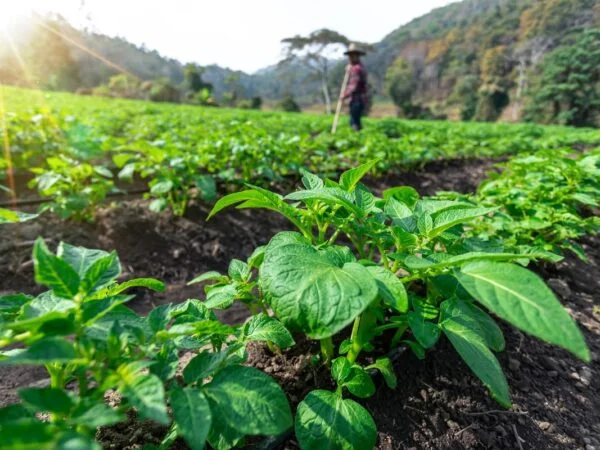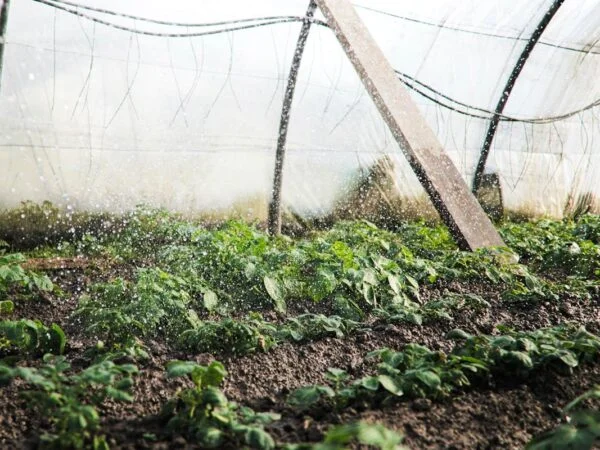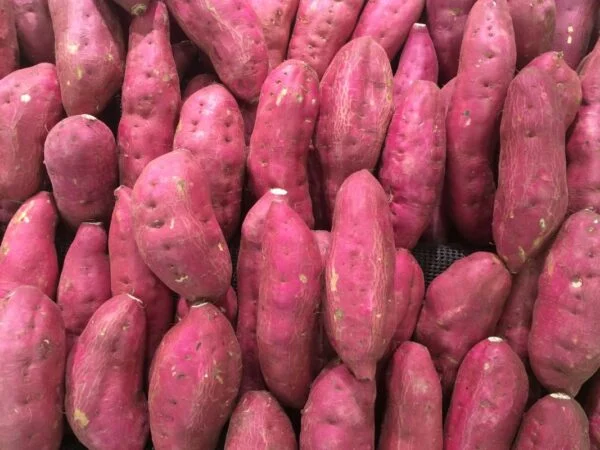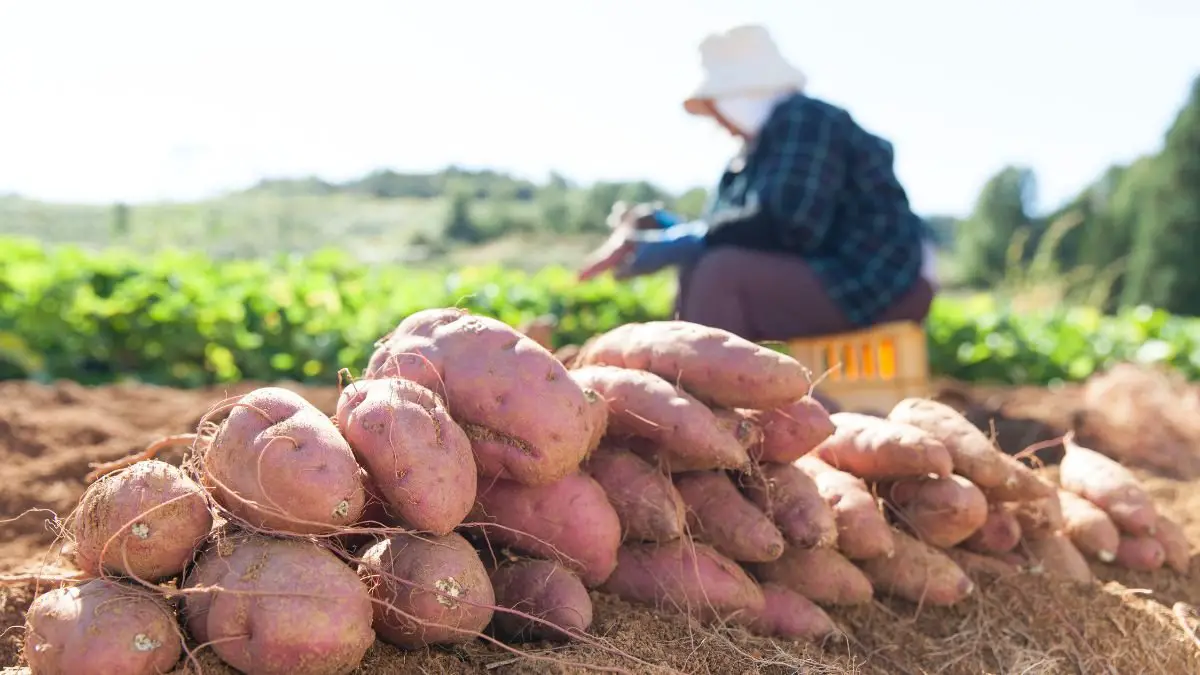
Are you curious about sweet potato harvesting time? You're in the right place! I can guide you through the best practices and timings for harvesting sweet potatoes to ensure a bountiful yield.
Sweet potato harvesting time typically occurs around 90 to 120 days after planting, depending on the variety and local growing conditions. For most cultivars, the tubers are ready to be harvested when the vines start to turn yellow and wither. It's essential to handle them carefully to avoid bruising or damaging the delicate skins. After harvesting, allow the sweet potatoes to cure in a warm, humid environment for about 10 to 14 days to improve their flavor and storage quality. Remember, timing is crucial for achieving the best results during sweet potato harvesting time.
Interested in learning more about optimizing your sweet potato harvest? From selecting the right varieties for your region to soil preparation and pest management techniques, there's a wealth of knowledge to explore. Let's delve deeper into the fascinating world of sweet potato cultivation together!
Key Takeaways
- Timing Matters: Harvest sweet potatoes when the vines have started to yellow and wither, typically around 3-4 months after planting.
- Handle with Care: When harvesting, gardeners must be gentle to avoid damaging the fruit sweet potatoes, which can reduce their quality and storage life.
- Curing is Crucial: After harvesting, cure sweet potatoes in a warm, humid place for about 10-14 days to enhance sweetness and prolong storage.
- Storage Tips: Store cured sweet potatoes in a cool, dark, and well-ventilated place to prevent sprouting and spoilage.
- Preserve for Later: Explore preservation techniques like canning, freezing, or dehydrating to enjoy sweet potatoes beyond the harvest season.
- Enjoy the Fruits of Your Labor: Use the harvested sweet potatoes in various delicious recipes to savor the rewards of your successful harvest.
Starting Right
Sweet Potato Basics
Sweet potatoes follow a growth cycle of about 3-4 months, from planting to harvesting. There are various types of sweet potatoes, including Beauregard and Jewel varieties. These tubers are packed with nutrients like Vitamin A, Vitamin C, and fiber.
Optimal Planting Time
Plant sweet potato slips when the soil temperature hits 65°F for optimal growth. The days to maturity range between 85 to 120 days, varying based on the variety. Harvest sweet potatoes before the first frost to prevent damage.
Soil Preparation
To grow healthy sweet potatoes, prepare loose, well-draining soil rich in organic matter. Compacted soil can impede root development, so ensure proper aeration for robust growth. Avoid waterlogged conditions that may cause root rot issues.
Growing Sweet Potatoes
Watering Needs
Consistent moisture is crucial for sweet potato plants to thrive and develop healthy tubers. Avoid overwatering as it can cause rotting of the roots. Adjust the watering frequency according to the prevailing weather conditions to maintain optimal growth.
Plant your sweet potatoes in an area that receives full sunlight exposure for at least 6-8 hours daily. Adequate sunlight is essential for the development of robust tubers. Avoid shaded locations that can hinder the proper growth and expansion of the tubers.
Sunlight Exposure
When fertilizing sweet potatoes, opt for a balanced fertilizer with higher potassium content. This type of fertilizer promotes the growth and development of sweet potato tubers effectively. Apply fertilizer both at planting time and throughout the growing season for best results.
Fertilization Tips
Excessive nitrogen in fertilizers can lead to excessive vine growth but result in smaller tubers. It's crucial to strike a balance and avoid overloading your sweet potato plants with nitrogen-based fertilizers. Opt instead for balanced options with a focus on potassium content.
Common Issues
Pest Management
Monitor sweet potato crops for common pests like sweet potato weevils and wireworms. Use natural pest control methods such as neem oil or diatomaceous earth. Implement crop rotation to reduce pest populations and maintain a healthy harvest.
Disease Prevention
To prevent diseases like Fusarium wilt and root-knot nematodes, practice good sanitation in your sweet potato fields. Opt for disease-resistant sweet potato varieties to minimize the risk of infections and ensure a successful harvest.
Sweet Potato Care
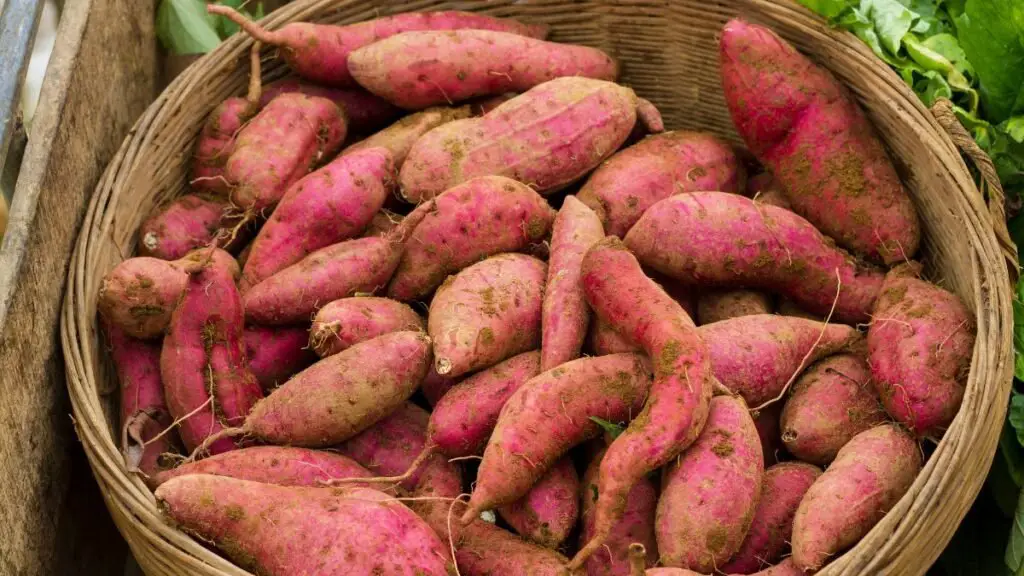
Regular Monitoring
Regularly monitor the growth of your sweet potato vines to ensure they are healthy and thriving. Look for any signs of pests, diseases, or nutrient deficiencies that may be affecting the plants. Make necessary adjustments to your care routine based on the condition of the plant.
Pruning Practices
To encourage better airflow and light exposure, consider pruning excess vines from your sweet potato plants. Promptly remove any foliage that appears diseased or damaged to prevent further spread. When pruning, do so selectively to avoid causing stress to the plant.
Harvest Timing
Identifying Maturity
After 80-85 days of growth, assess the root size and quality to determine if they are ready for harvest. Look for signs of maturity such as firm skin and a vibrant color. It's crucial to harvest before the roots become overgrown and start to split.
Weather Considerations
When planning the sweet potato harvest, take into account the weather patterns in your region. To prevent damage, it's best to harvest before the first frost hits. Stay updated on weather forecasts, especially for any frost warnings that may affect the crop.
Effective Harvesting
Gentle Digging
Using a fork or shovel, gently dig sweet potatoes from the soil to avoid root damage. Carefully handle the sweet potatoes to prevent bruising during the harvesting process. By handling them with care, you ensure their quality remains intact.
Avoid damaging the roots when harvesting sweet potatoes as it can affect their growth and overall quality. Delicately lifting them from the soil helps maintain the plant's health for future harvests. Remember, gentle handling is key to successful harvesting.
Handle harvested sweet potatoes with care to prevent bruising, which can lead to spoilage. Bruised sweet potatoes are more prone to rotting, affecting their taste and texture. Proper handling ensures you enjoy fresh produce for longer periods.
Minimizing Damage
To minimize damage, handle sweet potatoes carefully throughout the entire harvesting process. Whether digging them up or storing them, gentle treatment is crucial for preserving their quality. By being cautious, you extend the shelf life of your produce.
After harvesting, store sweet potatoes in a cool, dark place to prevent damage and maintain freshness. Proper storage conditions help preserve their flavor and texture over time. Keeping them away from light and heat is essential for long-term storage.
Avoid dropping or mishandling sweet potatoes during storage to prevent unnecessary damage. Even minor injuries can lead to spoilage and affect the overall quality of the crop. By taking precautions, you ensure that your harvest stays in optimal condition.
Curing Process
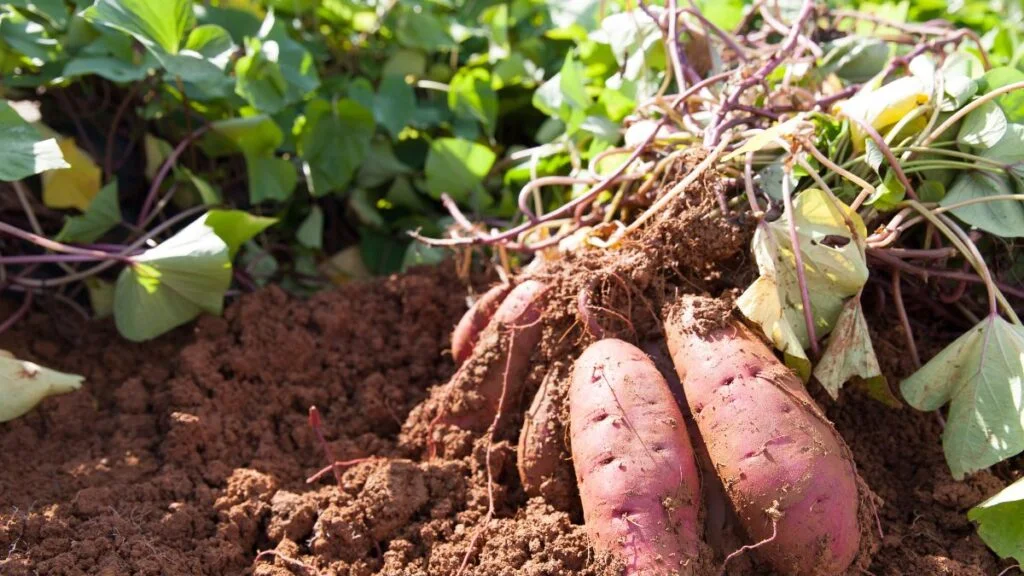
Ideal Conditions
To create ideal curing conditions for sweet potatoes, ensure the storage area maintains proper temperature and humidity levels. Store them in a well-ventilated space away from direct sunlight to prevent spoilage.
Maintain the curing environment at a temperature around 85-90°F with humidity levels of 85-90%. These conditions promote the development of a protective layer on the sweet potato skin, enhancing their flavor and shelf life.
Duration
Understand the curing and storage duration required for sweet potatoes post-harvest. Allow sweet potatoes to cure for 5-10 days under the specific ideal conditions mentioned earlier. This process helps heal minor cuts and bruises, reducing the risk of decay.
After curing, store the sweet potatoes in a cool, dark place for 6-8 weeks before consumption. This extended storage period allows the flavors to develop fully, resulting in sweeter and more flavorful tubers ready for various culinary uses.
Storage Solutions
Temperature Control
Maintain specific temperature ranges to preserve sweet potatoes effectively. Avoid extreme temperature fluctuations that can harm the quality of stored sweet potatoes. Control temperature during both curing and storage for optimal results.
Monitor humidity levels throughout the curing and storage processes. Aim for 80-90% relative humidity during curing to ensure proper development. Store sweet potatoes in environments with moderate humidity levels to prevent spoilage.
Preservation Techniques
Freezing Methods
Freezing is a convenient way to preserve sweet potatoes for an extended period. Blanching the sweet potatoes before freezing helps retain their flavor and texture. Properly packaging the sweet potatoes in airtight containers or freezer bags is crucial to prevent freezer burn.
Drying Options
Drying sweet potatoes is another effective method for long-term storage. Dehydrating sweet potatoes removes moisture, prolonging their shelf life. After drying, store the sweet potatoes in airtight containers in a cool, dry place to maintain their quality.
Final Remarks
You've learned the ins and outs of sweet potato cultivation, from planting to harvesting and preservation. By following the tips shared here, you can ensure a bountiful harvest and enjoy your homegrown sweet potatoes all year round. Remember to harvest at the right time, handle them with care, and store them properly to maintain their freshness.
Now that you're equipped with this knowledge, put it into practice and start your sweet potato growing journey. Share your newfound expertise with others who are passionate about gardening. Your experience and tips could inspire someone else to try their hand at cultivating these nutritious tubers. Happy harvesting!
Frequently Asked Questions
When is the best time to harvest sweet potatoes?
The ideal time to harvest sweet potatoes is in the fall, typically around 100-110 days after planting. Look for signs like yellowing leaves and cooler temperatures to indicate readiness.
How can I effectively harvest sweet potatoes?
To harvest sweet potatoes efficiently, gently dig around the plant with a fork or shovel, being careful not to damage the tubers. Lift them out of the ground by hand, brush off excess soil, and allow them to cure before storage.
Why is curing sweet potatoes important?
Curing sweet potatoes allows them to develop a tougher skin, heal minor cuts or bruises, and enhance their flavor. This process also helps convert some of the starches into sugars, making them sweeter and more flavorful.
What are the best storage solutions for harvested sweet potatoes?
Store harvested sweet potatoes in a cool (55-60°F), dark, and well-ventilated place with high humidity levels. Avoid refrigeration as it can negatively impact their taste and texture. Consider using crates or bins lined with newspaper for storage.
How can I preserve sweet potatoes for long-term use?
Preserve sweet potatoes by curing them first, then storing in a root cellar or basement with proper ventilation. You can also freeze cooked sweet potatoes for later use in various dishes like soups, stews, or casseroles.
Image Source: Paid image from CANVA

